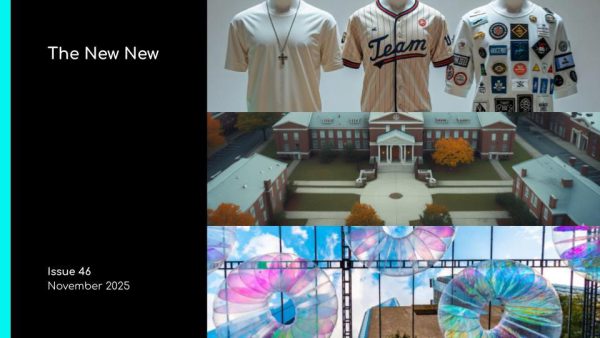The Four Traits of Legendary Events

How does an event like TED become an event like TED?
The are only a few live experiences—conferences, meetings, and festivals—that transcend from great events into legendary events.
We looked at these legendary events—including TED, SXSW, Dreamforce, Coachella, Burning Man, and Sundance, among others—and then analyzed their formative years.
The following are the four core differentiators shared by these legendary events.
BRAND
Create a Founding Presence
The founding presence may be a person, a group of people, or a purposeful vision. It provides the framework for world-building that gives systems a symbolic meaning and, ultimately, sets a new reality.
The presence is accessible, but mysterious. It keeps fact-checkers at bay by limiting interactions with outsiders. Its strong beliefs inspire risk-taking that turn into stories of greatness. TED, for example, crafted a strong founding presence based on three simple words that encompass their mission, vision, and values: “Ideas worth spreading.”
Coupled with the organization’s namesake acronym, “Technology. Entertainment. Design.,” the TED message is broad enough to encompass a wide-range of inspirational topics and talks, but limited enough to make their mark on specific areas of thought-leadership.
LOCATION
Intertwined Microcosms Within Destinations
Spread throughout a city or compressed into a designated space, events breathe a life of their own, but also interact with and permeate throughout their environment. Their very being is informed, influenced, and involved within the fabric of their host ecosystem.
Their identity is formed and amplified by what they bring to and take from their destination. Their aura is rooted in an authentic relationship with their host, which directly influences the look, feel, and mood of the event.
EXPERIENCE
Craft Your Two Standout Pillars
Every event is built upon common pillars: format, content, brand, audience, exclusivity, etc. The great events are able to make one of those pillars standout. The difference between a great event and legendary event: legendary events are built on two standout pillars.
Each legendary event has a different set—often it is location and format, sometimes it is audience and exclusivity—but there are always two highly unique, standout pillars on which they are built. Take Burning Man for instance.
Looking something like an alien invasion, Burning Man’s some 70,000 attendees take over the same location year after year. Black Rock City, a temporary community erected for the festival in Nevada’s Black Rock Desert, has become an internationally famous destination for one week of each year.
A celebration of community, art, culture, and self-expression, the event becomes one fluid interactive performance, both formally facilitated and informally born between camps, all culminating in the burning of a wooden statue, some years up to 100 feet tall.
You could certainly say location and format have allowed Burning Man to become legendary.
AUDIENCE
Initiate Disciples
Great events drive their audiences to interconnect as communities. These communities create status and reward attendance as a badge of honor. However, legendary events move past communities, past happy advocates, and quickly inspire and initiate Disciples.
The great events master the use of perception to change behavior. They make ever-increasing demands to drive deeper loyalty. They enable disciples to amplify suspense and build mysteries. And, most importantly, they provide purposefully incomplete experiences where disciples create their own legacies.
Remember, as The Sandlot taught us, “heroes get remembered, but legends never die.” Take these tips and go make your next event legendary.






